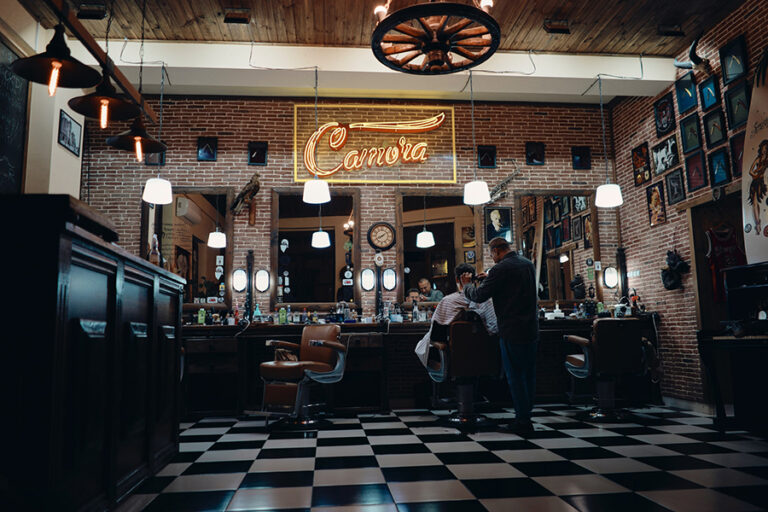Crucial Sanitation Practices All Barber Must Avoid for Maximum Client Protection
Crucial Sanitation Practices All Barber Must Avoid for Maximum Client Protection
Blog Article
Maintaining adequate sanitation is essential in all profession which entails direct interaction with clients, especially in the barber industry. Hairdressers play an integral role in assisting people appear and feel the best, however this responsibility entails with the necessity for strict hygiene protocols. For the well-being of clients and barbers together, there are several essential sanitary practices that should be avoided. Recognizing these practices may help guarantee a clean and secure environment in barber shops.
One of the most common sanitation mistakes barbers should prevent is the recycling of individual styling instruments without proper cleaning. Instruments such as scissors, clippers, and combs can harbor germs and pathogens if they are not sterilized after every use. Barbers should consistently sanitize their tools with appropriate solutions or wipes between customers. Neglecting to do so might result to the transmission of infections, which can have serious consequences for clients. Establishing a routine for cleaning and disinfecting instruments is not just a recommended protocol; it is a vital aspect of upholding a secure work environment.
Another practice to avoid is overlooking to wash one's hands regularly. Barbers engage with multiple customers in a single day, and their hands can easily accumulate germs and pathogens. It is essential for barbers to wash their hands thoroughly with detergent and liquid before and after every customer. Additionally, using hand sanitizer can be an effective method to additionally minimize the transmission of germs. Neglecting this process can compromise customer safety and may lead in infections or illnesses that could have been easily prevented.
Adequate cleanliness of the barber shop setting is also critical. Stylists should avoid overlooking surfaces that are frequently handled, such as seats, countertops, and waiting area seats. These areas should be disinfected and sterilized regularly to minimize the likelihood of cross-contamination. Creating a cleaning schedule can help barbers copyright a sanitary setting. This protocol not only protects clients but also enhances the overall atmosphere, navigate to this web-site making clients feel more at ease and valued.
Additionally, stylists should refrain from utilizing items that have not been kept or handled correctly. Cosmetic products such as gels, sprays, and oils can become contaminated if they are kept unsealed or incorrectly kept. It is crucial for stylists to examine use-by dates and to store products in a chilly, arid environment. Throwing away any outdated or suspicious items is vital to ensure client safety. Using tainted items can lead to dermal reactions or allergic responses, which can tarnish a barber's reputation and harm clients.
In, barbers have a duty to maintain high standards of hygiene to guarantee the well-being and well-being of their customers. By preventing the recycling of unsanitized tools, neglecting hand hygiene, ignoring surrounding sanitation, and utilizing improperly stored products, barbers can establish a safe and welcoming environment. Understanding and applying these this critical hygiene practices not only protects customers from infections but also cultivates trust and loyalty. A clean barbershop is a thriving barber shop, in which both stylists and customers can experience assured and secure.